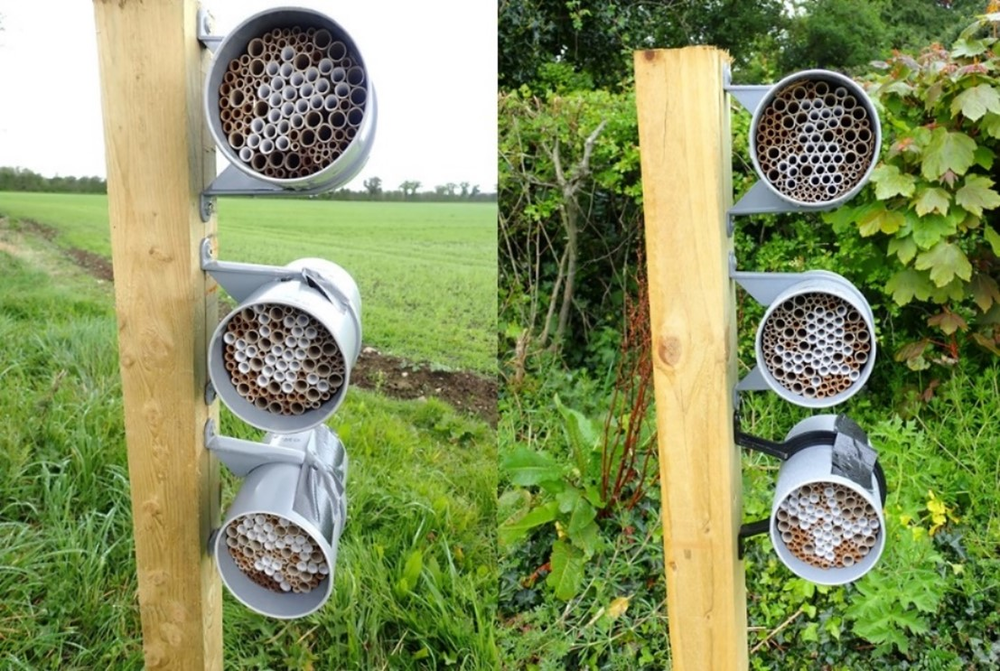pan-european assessment, monitoring, and mitigation of stressors on the health of bees
New PoshBee paper evaluates the use of artificial trap nests as research tools
Declines in insect pollinators’ abundance and diversity are evidenced globally and should be addressed not only due to ethical reasons, but also because there are clear benefits from maintaining and enhancing pollinator diversity. For example, although managed bees generally play the major role in the pollination of commercial crops, wild pollinators also provide important crop pollination services. It is hence crucial to inspire the development of management and policy guidelines for the public and private sectors to safeguard wild pollinators and the benefits they provide.
Ireland has approximately 100 species of wild bees, a third of which are currently considered endangered or at risk of local extinction. Fifteen Irish bee species are considered above-ground cavity-nesting species and will typically nest in hollow plant stems, holes in trees, or cracks in rocks. Nesting sites can also be provided by man-made structures like brickwork or dry-stone walls or artificial nests (known as ‘trap nests’ or ‘bee hotels’). Additionally, Ireland is also home to several species of ‘potter wasps’, commonly found in trap nests intended for solitary bees.

Trap nests.
In order to evaluate and develop methods for the long-term monitoring and applied field research of stem-nesting Hymenoptera, a team of PoshBee researchers conducted a study evaluating the use of trap nests as tools for investigating the ecology of cavity-nesting Hymenoptera within Irish agricultural landscapes.
Although the authors acknowledge several issues associated with trap nests and extrapolating data to real-world population sizes and species diversity, their findings suggest that these techniques offer a valuable, low-cost, standardised method for investigating the autecology of stem-nesting Hymenoptera in Irish landscapes.
Discover the full results of the study here.